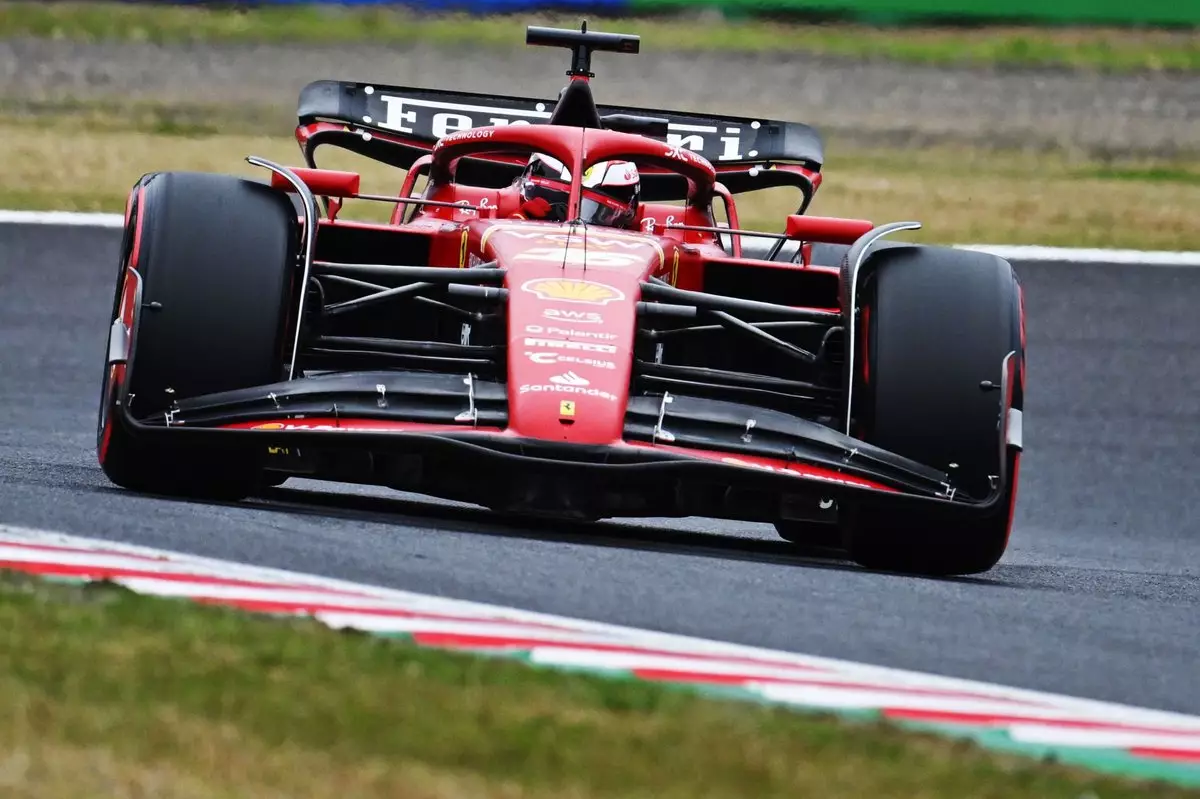The teams in Formula 1 are constantly analyzing data to gain a competitive edge. After completing initial sighter runs, teams like Red Bull and Ferrari sent their drivers out for lengthy stints on higher fuel to test tire management skills. The mirrored run plans of the two leading teams in the season, Red Bull and Ferrari, painted an intriguing picture for the upcoming race. Red Bull’s motorsport advisor, Helmut Marko, was critical of Charles Leclerc’s FP1 long run for Ferrari, describing it as “a bit irritating.” However, Ferrari seemed to have pace that could challenge Red Bull based on the averages of the final practice session.
Mercedes Strategy Difference
Meanwhile, Mercedes took a different approach by sending George Russell out for an extended race simulation effort of 14 laps. His average lap time was even quicker than Ferrari’s, indicating Mercedes’ competitive edge. Lewis Hamilton’s mid-FP3 long run on the soft tire also showed potential for the team, with a slight drop-off in pace towards the end. This strategy differed from the autumnal 2023 event due to cooler spring temperatures that made the soft tire a viable race option.
McLaren opted to sample the soft tire for a race simulation in FP3, with Oscar Piastri’s average lap time slightly slower than the leading teams. However, the team showed a less severe drop-off in pace, indicating a potential advantage in tire management. Lando Norris did not complete a long run, raising questions about the team’s overall strategy for the race.
Aston Martin’s Unique Approach
Aston Martin stood out with a unique approach, giving both Fernando Alonso and Lance Stroll hard tires for their long run efforts. This deviation from the norm could indicate a strategic advantage or a different approach to tire management. Fernando Alonso produced the best average lap time for Aston Martin, showcasing the effectiveness of the hard tires on this demanding track.
The variation in run plans across teams in FP3 adds complexity to understanding the true long-run performance at Suzuka. Despite the differences in strategies, the data from FP3, along with Pirelli’s insights, suggests potential race strategy variance for the upcoming main event. Teams will need to carefully analyze their data and make strategic decisions to maximize their performance on race day.
The analysis of teams’ FP3 runs in Suzuka practice reveals the intricate and strategic nature of Formula 1 racing. Teams like Red Bull, Ferrari, Mercedes, McLaren, and Aston Martin all approach tire management and race strategy differently, highlighting the need for adaptability and creativity in this competitive sport. The upcoming race in Suzuka promises to be an exciting and unpredictable event, with teams vying for the top position based on their performance in practice sessions.


Leave a Reply